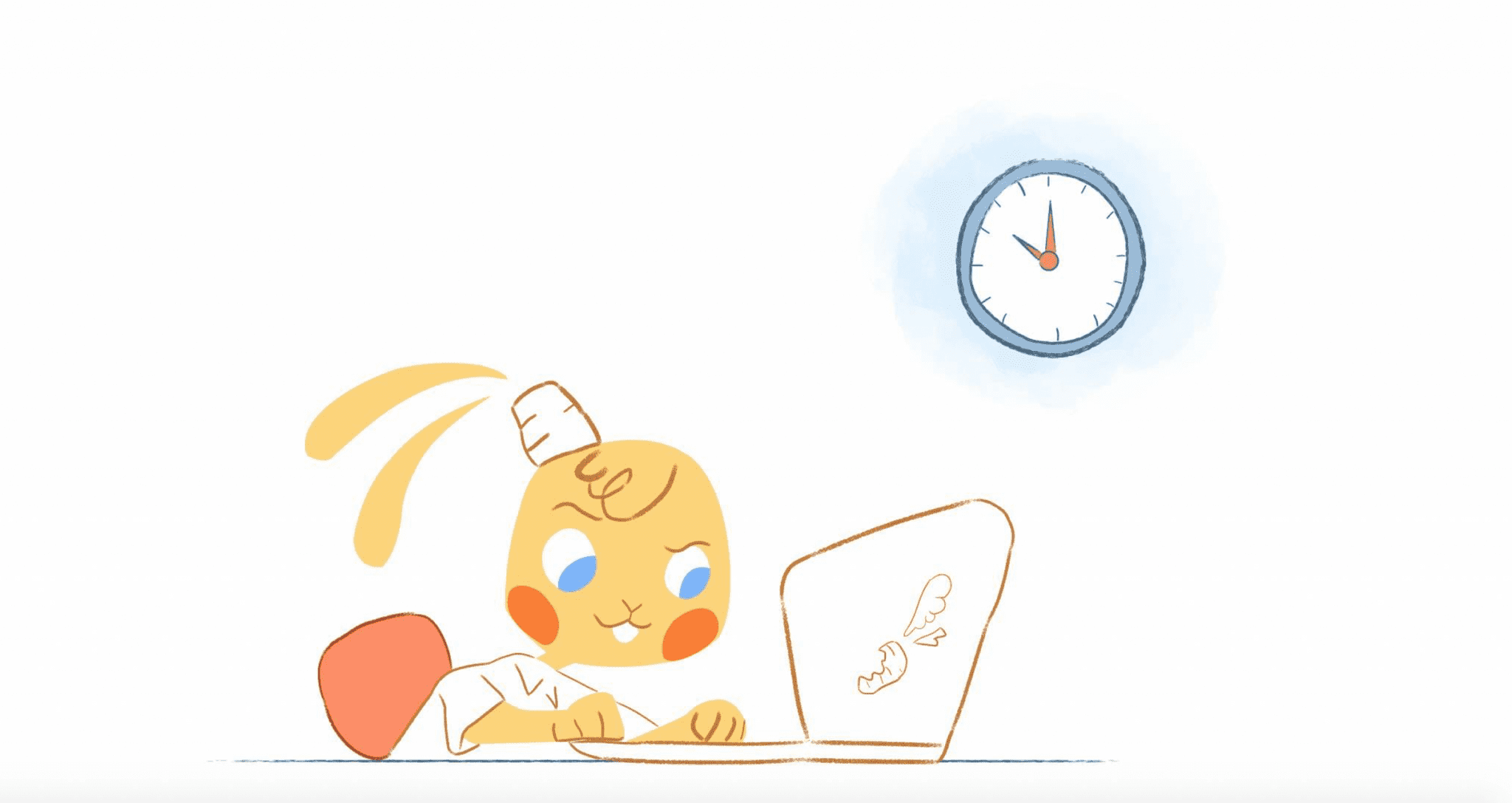

Do you want to be more productive? Of course you do. That’s why you are on the hunt for unique and practical ways to become a more productive individual.
Despite all of the awesome techniques and secrets employed by productive individuals, boosting your productivity could be as simple as journaling. Specifically a bullet journal.
What is bullet journaling?
Created by Ryder Carroll, a digital product designer, in 2013 bullet journaling is simply a method for note-taking and day-planning using good ol’ paper and pen. BuJo, which is what the cool kids call this system, developed a huge following online.
“What you see now is the culmination of a lifetime of me trying to solve my own organizational problems — all of which stem from being diagnosed with ADD when I was very young,” Carroll told the BBC.
“A big misconception is that we can’t pay attention. But in my experience, we can pay attention, except we’re paying attention to too many things at the same time. So I had to figure out a way to, in short bursts, capture information and also figure out how to be able to listen.”
Carroll adds, “it was designed for me, but it was also designed for my kind of mind, which had to be flexible. Sometimes I used it to draw, sometimes I used it to write, sometimes it would be for planning, sometimes it would be for ‘whatever’ and I wanted a system that could do all those things.”
In other words, a bullet journal is a just customizable journal that’s a cross between a planner — to-do list — and diary.
It’s main feature is rapid logging. This is where you jot down tasks, notes, and events in the same location. You use various personalized bullets to differentiate between these items.
For example, you would use a bullet for a task like cancelling your Netflix subscription. For an event, like Jim’s birthday party, use a circle and for a note use a dash.
It’s also not uncommon for people to include a future log for long-term plans, monthly log for this month’s events and deadlines, and daily log for today’s tasks. There’s also an index so that you can easily locate everything.
Ultimately, this analog productivity is so effective because it’s an organization system based on how your brain works.
How can you increase productivity with a bullet journal?
I briefly mentioned a couple or reasons above — but here are five reasons why people have embraced bullet journaling:
Writing things down makes you feel better, mentally and physically.
There have been numerous studies focused on the power of writing. One study conducted by James Pennebaker at the University of Texas found that those who wrote were “happier, less depressed and less anxious. ” Participants “also reported better relationships, improved memory, and more success at work.”
The Zeigarnik effect.
Crossing off your to-do-lists feels great and satisfying. That’s because it frees your brain from those lingering tasks. So if you want to get more done, write a simple to-do list and cross them-off.
Tapping in the power of free association.
By writing everything down in a journal you can see how things connect to each other. Doing so allows you to see how you react to various situations. By reflecting on today, for example, you can be more prepared for tomorrow.
You have a place to unload your thoughts.
Sometimes we procrastinate because our brains are packed with everything that we need to get done. A bullet journal gives you a chance to write done these things so that you now have the capacity to get them done.
Bullet journals are a fun way to stay productive.
Finally, bullet journaling can be fun. You can organize and decorate it anyway you want. This actually makes staying organized like a fun hobby instead of being a tedious chore.
Getting started with a bullet journal.
Ready to start your own bullet journal so that you can boost your productivity? Here’s the key elements your journal needs to get started.
A page numbered journal and pen.
It’s suggested that you use a notebook that can be carried around with you, such as the Scribbles That Matter notebook. The reason you want numbers is that it makes it easier for you to index your journal. You can also number the pages if as well. You’ll also want to use a variety of different colors, so purchase a set of pens like the Staedtler Tri-Plus Fineliners.
A key.
Since you’re using your own symbols, such as a dash for notes, you’ll want to create a key so that you know what these symbols mean.
An index.
This is like a table of contents where you jot down what is on each page in your bullet journal.
Collections.
This includes a future log, monthly log containing a calendar and task list, and your daily log with your daily activities. Your bullet journal can also include all of your thoughts, notes, and diary.
And, that’s it. Easy, right?
If you want more information on how to start a bullet journal, check out this post over at Zen Planning.
Making a bullet journal work for you.
Here’s the best thing about a bullet journal. If what you’re doing right now isn’t working, you can always call an audible. For example, you may find that collections aren’t working for you. So, tinker with your journal until you find a method that’s better suited for you.
Some people use paperclips to create sections, while others use their bullet journal in conjunction with other planners. Most importantly, don’t worry about grammatical errors and mistakes. Remember, you’re the only one looking at your journal.











John Hall
John Hall is the co-founder of Calendar a scheduling and time management app. He’s also a keynote speaker that you can book at http://www.johnhallspeaking.com.